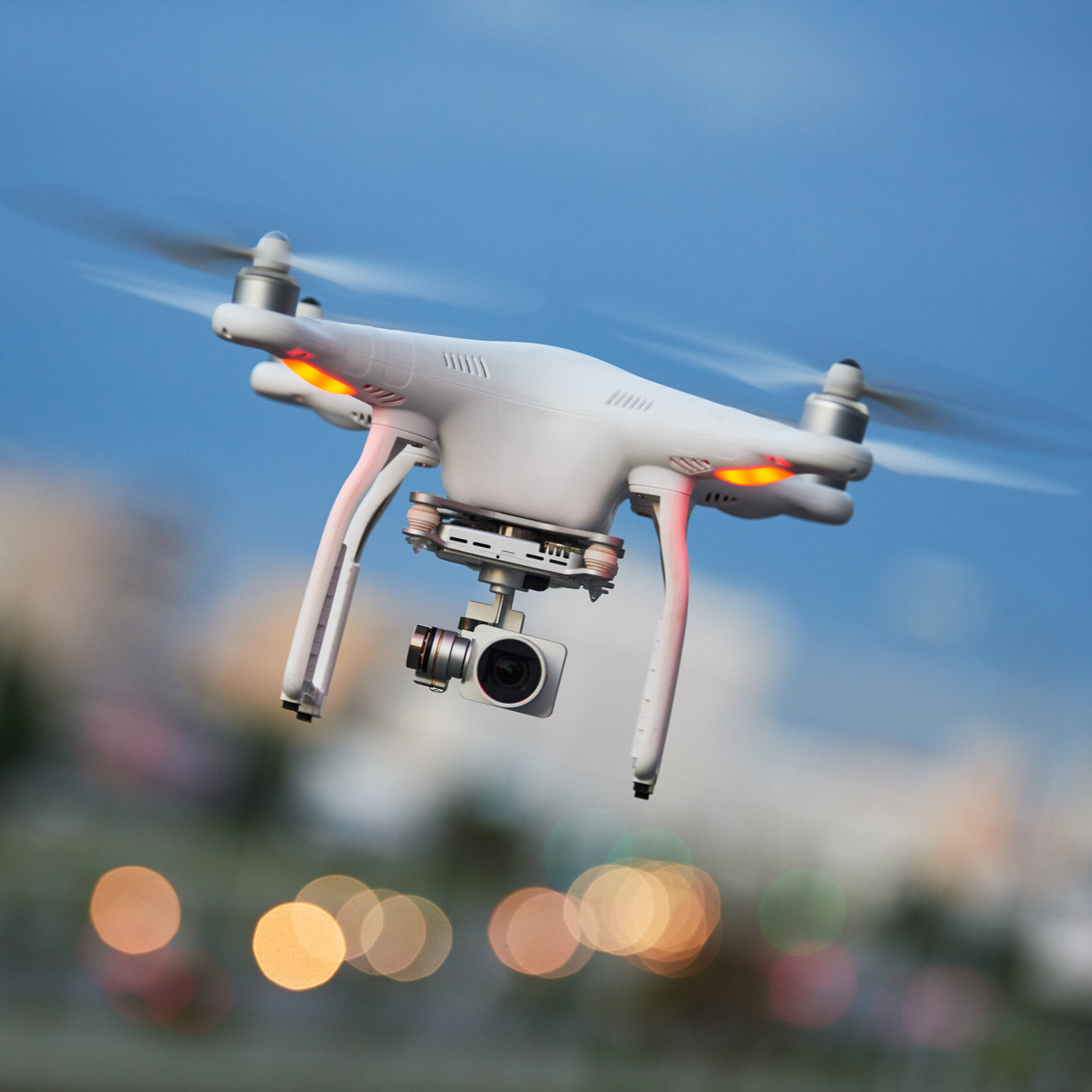The Drone Rules, 2021
The Government on 26th August, 2021, released a new set of liberalised rules to supervise the country's budding drone industry, which it claims would "usher in an era of supernormal growth" while balancing safety and security concerns. The government's stance on civilian drones has been liberalised, indicating the government's intention to authorise the use of such drones.
After hearing criticism from industry and academia that the UAS Rules, 2021, which went into effect only in March this year, were restrictive and needed a lot of paperwork and clearances, the government announced it would remove them. The government announced in a statement that it has decided to repeal the UAS Rules, 2021, and replace them with the liberalised Drone Rules, 2021, based on public feedback.
The Drone Rules, 2021, lower the number of forms and permissions that drone makers and operators must submit from 25 to just five, while also eliminating the need for security clearances for registration and licence issuance. Foreign companies registered in India would also be able to import and operate drones and their parts, with the Directorate General of Foreign Trade overseeing the process. Entities involved in drone research and development (R&D) no longer need to hold a certificate of airworthiness, unique identification number, previous approval, or a remote pilot licence under the Drone Rules 2021.
Pointers under the ambit of The Drone Rules, 2021, which was announced by the Union Ministry of Civil aviation are as follows:-
The fee amount, which was previously connected to the size of the drone, has been reduced and delinked. For example, the charge for a remote pilot licence has been decreased from Rs 3,000 (for large drones) to Rs 100 (for all categories of drones), with a 10-year validity period.
Drone coverage has been raised from 300kg to 500kg under the new rules, including big payload-carrying drones and drone taxis.
If Drone is being imported or manufactured only for export purpose, it will be exempted from type certification and requirement of unique identification number.
Micro drones (for non-commercial usage) and nano drones would not require a pilot licence, according to the guidelines, which also state that the maximum punishment for infractions has been decreased to Rs 1 lakh.
Before registering or licencing drones, there is no need for a security clearance. Fees for obtaining permissions have also been cut to negligible amounts.
Several permissions, including the unique authorisation number, unique prototype identification number, certificate of conformity, certificate of maintenance, operator licences, R&D organisation authorisation, and remote pilot instructor authorisation, have been eliminated.
According to the draft regulations, drone corridors for cargo delivery will be built, and a drone promotion council will be established to assist a drone-friendly regulatory framework in the country. The laws also said that drone activities by foreign-owned enterprises registered in India will be unrestricted.
On the digital sky platform, an interactive airspace map featuring green, yellow, and red zones will be presented. The yellow zone around the airport has been decreased from 45 kilometres to 12 kilometres. Drones can be used in the green zone and up to 200 feet away from the airport perimeter without obtaining permission.
All zones will be registered online using the Digital Sky network, with a simple method for transferring and deregistering drones.
The new drone regulation intends to bring the country's existing drones into compliance. An authorised drone school will provide all drone training and examinations. The DGCA will establish training criteria, supervise drone schools, and issue pilot licences through the internet.
The rules states that safety features such as 'No permission - no take-off (NPNT),' real-time tracking beacons, geo-fencing, and the like will be notified in the future. Compliance will be given at least a six-month lead time.


